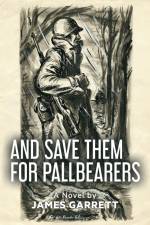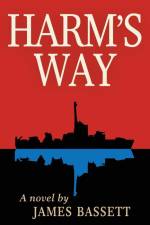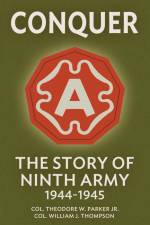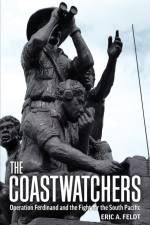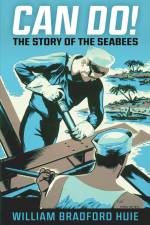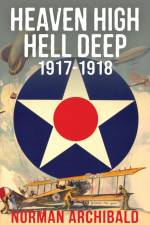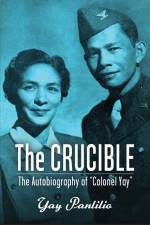av James Bassett
311
Harm's Way, first published in 1962, is a classic novel of the U.S. Navy in the Pacific during World War II, beginning with a ship on patrol in the waters off Pearl Harbor, and then following the men and ships as they engage the enemy in a time of war.From the dust-jacket: "Framed by the open weather door of his cabin, where he stood peering through the obscure dawn toward Oahu's invisible shoreline, Captain Rockwell Torrey, USN, was not unlike the ship he commanded: tall, spare, angular, and plainly fabricated out of the same hard gray substance that armored both man and cruiser against the weapons of a hostile world. To his Naval Academy classmates, to the men he commanded, to the woman he loved, this man was known as "The Rock." If he possessed any human weaknesses, they were hidden behind a granite facade, unsuspected by subordinates and superiors alike. Yet Rockwell Torrey was a human being, a mere man as well as a fearless leader, beset by doubts, haunted by memory, forced into decision, confronted with fantastic challenges. In spite of - or because of - his humanity, he was first and foremost a commander. Harm's Way is the story of this command, of the war in the Pacific as viewed from the fighting bridge, through the eyes of one officer. It is the story of a man assigned the impossible - to get a stalled operation back on its timetable, mount an invasion against a stronghold reputedly impregnable, stop the enemy's drive against overwhelming odds-and how he succeeded."Author James Bassett was a staff officer closely associated with Fleet Admiral William F. Halsey, and handled his press relations from the Guadalcanal campaign to the Japanese surrender in Tokyo Bay. Bassett held the rank of captain, USNR (Ret.). The novel was the basis for the 1965 Otto Preminger movie In Harm's Way, starring John Wayne and Kirk Douglas.

